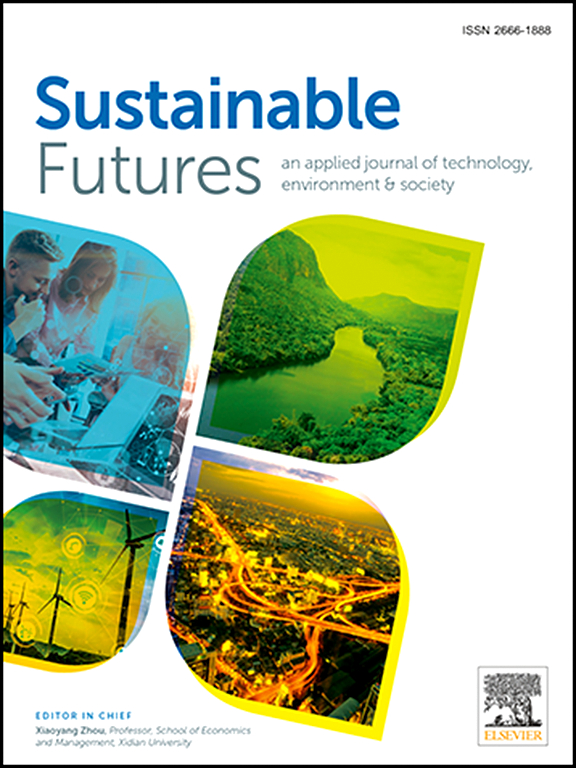Scientific monitoring, development of rapid diagnostic techniques or increase in public infrastructure? How to effectively deal with ancient viruses under glaciers as the climate warms up
IF 4.9
2区 社会学
Q2 ENVIRONMENTAL SCIENCES
引用次数: 0
Abstract
In recent years, scientists have discovered ancient viruses beneath glaciers. As the climate continues to warm, these ancient viruses are gradually released, posing a threat to global public health. The common response strategies to ancient viruses include scientific research monitoring, developing rapid diagnostic techniques, and expanding public infrastructure. To determine the appropriate scope for each of these response strategies, this article constructs three differential game models and compares and analyses the equilibrium results derived from the models. The study finds that when the benefit gained per unit of ancient virus addressed is low, the strategy of developing rapid diagnostic technologies yields the greatest societal benefit for governments. Conversely, when the benefit gained per unit of ancient virus addressed is high, the strategy of expanding public infrastructure enables governments to achieve the greatest societal benefits. If the costs of addressing ancient viruses and the benefits derived are high, then societal forces can obtain the greatest societal benefit under the scientific research monitoring strategy. Otherwise, societal forces can achieve the greatest societal benefit with the strategy of developing rapid diagnostic technologies.
科学监测、发展快速诊断技术还是增加公共基础设施?随着气候变暖,如何有效应对冰川下的古病毒
近年来,科学家们在冰川下发现了古老的病毒。随着气候持续变暖,这些古老病毒逐渐释放,对全球公共卫生构成威胁。针对古病毒的共同应对策略包括科研监测、开发快速诊断技术和扩大公共基础设施。为了确定每种应对策略的适当范围,本文构建了三个微分博弈模型,并对模型得出的均衡结果进行了比较和分析。该研究发现,当处理每单位古代病毒所获得的效益较低时,开发快速诊断技术的战略为政府带来了最大的社会效益。相反,当单位古病毒处理获得的效益很高时,扩大公共基础设施的战略使政府能够实现最大的社会效益。如果解决古病毒的成本和收益较高,那么在科研监测策略下,社会力量可以获得最大的社会效益。否则,社会力量可以通过发展快速诊断技术的战略实现最大的社会效益。
本文章由计算机程序翻译,如有差异,请以英文原文为准。
求助全文
约1分钟内获得全文
求助全文
来源期刊

Sustainable Futures
Social Sciences-Sociology and Political Science
CiteScore
9.30
自引率
1.80%
发文量
34
审稿时长
71 days
期刊介绍:
Sustainable Futures: is a journal focused on the intersection of sustainability, environment and technology from various disciplines in social sciences, and their larger implications for corporation, government, education institutions, regions and society both at present and in the future. It provides an advanced platform for studies related to sustainability and sustainable development in society, economics, environment, and culture. The scope of the journal is broad and encourages interdisciplinary research, as well as welcoming theoretical and practical research from all methodological approaches.
 求助内容:
求助内容: 应助结果提醒方式:
应助结果提醒方式:


